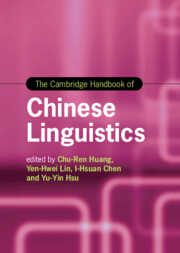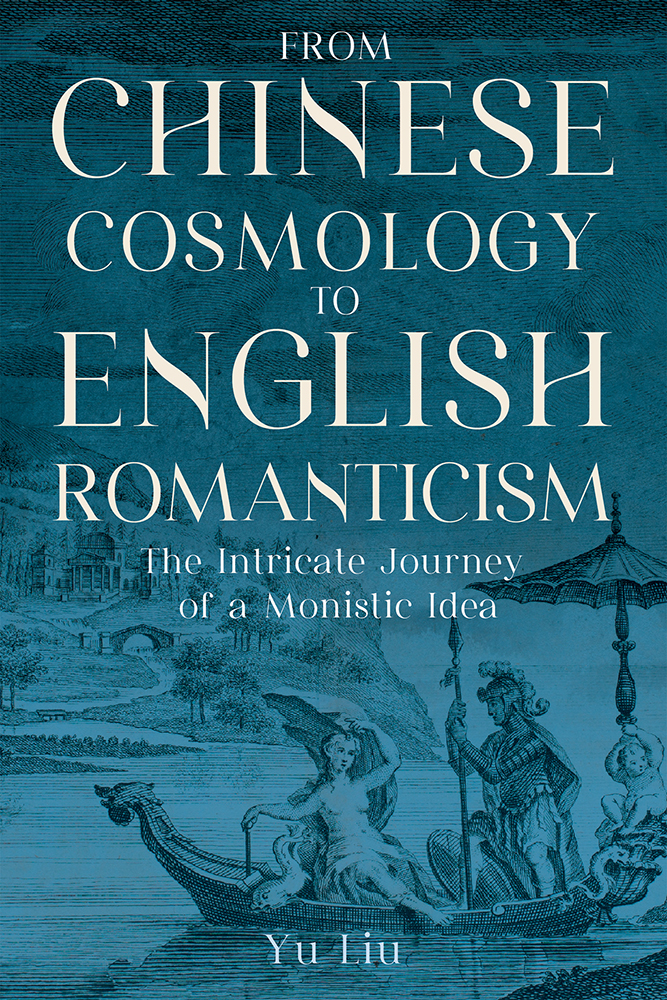The Cambridge Handbook of Chinese Linguistics
 The linguistic study of Chinese, with its rich morphological, syntactic and prosodic/tonal structures, its complex writing system, and its diverse socio-historical background, is already a long-established and vast research area. With contributions from internationally renowned experts in the field, this Handbook provides a state-of-the-art survey of the central issues in Chinese linguistics. Chapters are divided into four thematic areas: writing systems and the neuro-cognitive processing of Chinese, morpho-lexical structures, phonetic and phonological characteristics, and issues in syntax, semantics, pragmatics, and discourse. By following a context-driven approach, it shows how theoretical issues in Chinese linguistics can be resolved with empirical evidence and argumentation, and provides a range of different perspectives. Its dialectical design sets a state-of-the-art benchmark for research in a wide range of interdisciplinary and cross-lingual studies involving the Chinese language. It is an essential resource for students and researchers wishing to explore the fascinating field of Chinese linguistics.
The linguistic study of Chinese, with its rich morphological, syntactic and prosodic/tonal structures, its complex writing system, and its diverse socio-historical background, is already a long-established and vast research area. With contributions from internationally renowned experts in the field, this Handbook provides a state-of-the-art survey of the central issues in Chinese linguistics. Chapters are divided into four thematic areas: writing systems and the neuro-cognitive processing of Chinese, morpho-lexical structures, phonetic and phonological characteristics, and issues in syntax, semantics, pragmatics, and discourse. By following a context-driven approach, it shows how theoretical issues in Chinese linguistics can be resolved with empirical evidence and argumentation, and provides a range of different perspectives. Its dialectical design sets a state-of-the-art benchmark for research in a wide range of interdisciplinary and cross-lingual studies involving the Chinese language. It is an essential resource for students and researchers wishing to explore the fascinating field of Chinese linguistics.
zum Buch im KatalogPlus
zum Buch auf der Verlags-Website
From Chinese cosmology to English Romanticism: the intricate journey of a monistic idea
 A culturally sensitive and rewarding new understanding of the cross-cultural interaction between China and Europe.
A culturally sensitive and rewarding new understanding of the cross-cultural interaction between China and Europe.
In this important new work author Yu Liu argues that, confined by a narrow English and European conceptual framework, scholars have so far obscured the radical innovation and revolutionary implication of Samuel Taylor Coleridge and William Wordsworth’s monistic philosophy. Liu’s innovative intellectual history traces the organic westward movement of the Chinese concept of tianren heyi, or humanity’s unity with heaven. This monistic idea enters the European imaginary through Jesuit missionary Matteo Ricci’s understanding of Chinese culture, travels through Spinoza’s identification of God with nature, becomes ingrained in eighteenth-century English thought via the landscaping theory and practice of William Kent and Horace Walpole, and emerges in the poetry and thought of Coleridge and Wordsworth. In addition to presenting a significantly different reading of the two English poets, Liu contributes to scholarship about English literary history, history of European philosophy and religion, English garden history, and cross-cultural interactions between China and Europe in the sixteenth, seventeenth, and eighteenth centuries.
zum Buch im KatalogPlus
zum Buch auf der Verlags-Website
